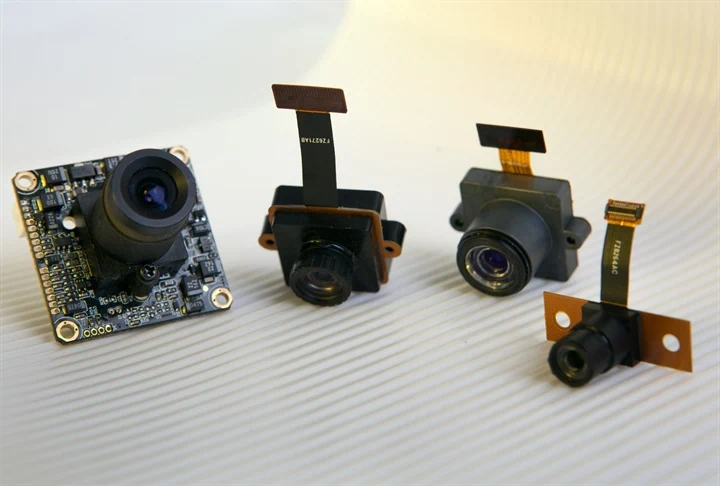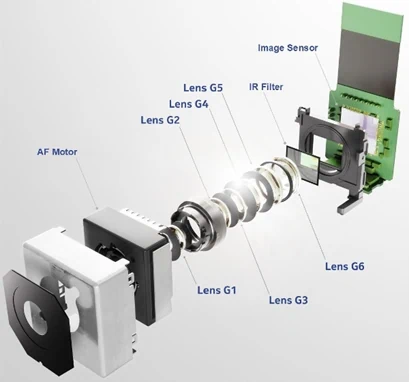Camera Modules
The camera module comprises lens, sensor and connector. The camera module can also have a SoC for image manipulation functions. The camera module design is tailor-made to specific applications. These include: computer vision, 3D and gesture control, automotive, security, robotics, medical, etc.
iPhysicist supplies a wide range of cameras either off the shelf, semi-customized (change the lens to a suitable one) or fully customized camera.
Standard types of cameras are:
USB Camera Module: USB2.0 or USB3.0
The USB camera module is a general-purpose camera control board designed for both PCs and embedded systems like the ARM, Raspberry Pi and similar hardware.
MIPI Camera Module
Mobile Industry Processor Interface. The main difference between DVP (Digital Video Port) and MIPI is that DVP is parallel interface and the MIPI interface is high speed differential serial interface. MIPI interface provides higher data band width than DVP interface and supports higher resolution and frame rate. The MIPI camera module is separated from the DSP.
Compact Camera Module
CCM is a small form factor camera, usually with low power consumption and a lower price. We are developing a suitable adaptor card for each CCM that connects to our testing JIG and enables us to acquire pictures/video for quality analysis.
Custom Camera Module
A custom camera module can be tailor-made to your requirements. The sensor can be either global or rolling shutter. Spectral range can be Visible, near IR, SWIR or LWIR. Resolution varies from VGA to 20MPix. The camera interface can be MIPI, parallel or USB. The sensor may include an integrated SoC or external. We match a suitable lens to the sensor type and application requirement. Lens can be either fixed focus, auto-focus or variable focal/optical zoom.
Advantages to customers when using iPhsyicist’s camera modules:
- Possibility to reduce camera’s height by up to 30%
- Wide field of view with low distortion
- Wide field of view with high-resolution, all-in focus for both close range (for example gesture) and for far range (for example 3D scanning and SLAM)
- All in focus for wide spectral range from visible to near IR
- Low F# which enables more light collection and higher sensitivity in low light conditions, removing the requirement for a strong illumination source, reducing power consumption and saving battery operation power
- High efficiency system design - imaging and illumination tailored design to reach optimal system performance
- x2-3 Optical resolution (MTF) at the same lens volume dimensions for reducing processing power for AI applications
- Ready for mass production made from smartphone’s lens material, meaning high manufacturability – high capacity and competitive pricing


